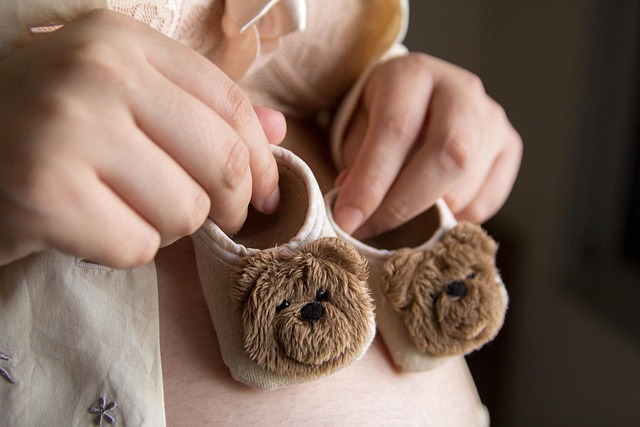If you’re expecting and have a little one at home, it’s likely that your healthcare provider has discussed the importance of avoiding exposure to common childhood illnesses, including fifth disease. This viral infection is easily spread among children and can pose certain risks during pregnancy, although many women who contract it experience mild symptoms and go on to have healthy babies.
What is Fifth Disease?
Fifth disease, also known as parvovirus B19 infection or erythema infectiosum, is a highly contagious viral illness primarily affecting children. One of its hallmark symptoms is a distinctive “slapped cheek” rash. The name “fifth disease” stems from its historical classification among a list of childhood rashes that were once commonly recognized, including measles and rubella.
What Causes Fifth Disease?
Fifth disease is caused by the parvovirus B19, which spreads easily through respiratory secretions (like saliva) when an infected person coughs or sneezes. It can also be transmitted through blood, making it particularly important for pregnant women to be cautious, especially if they have young children who may catch it at school or daycare.
Signs and Symptoms of Fifth Disease
In children, fifth disease often begins with mild flu-like symptoms, such as a low-grade fever, fatigue, and body aches, followed by the characteristic rash. In adults, symptoms can be similar but may also include joint pain or swelling, particularly in women.
How Common is Fifth Disease?
Fifth disease is quite common, especially among children aged 5 to 15. Since it’s easily transmitted in school settings, outbreaks can occur. However, most adults have already been exposed to the virus, which provides immunity against future infections.
Who is Most at Risk for Fifth Disease?
While anyone can contract fifth disease, pregnant women are particularly at risk due to potential complications it can cause during pregnancy. If you’re pregnant and your child has been diagnosed with fifth disease, it’s essential to consult your healthcare provider.
Preventing Fifth Disease During Pregnancy
To reduce your risk of contracting fifth disease, practice good hygiene, especially around children. Frequent handwashing and avoiding close contact with infected individuals are effective preventive measures. If you’re considering starting a family or expanding your family, connecting with others in your community can also be beneficial. Consider joining a group like Make a Mom, which offers support and resources.
What to Do if You Contract Fifth Disease During Pregnancy
If you suspect you have fifth disease while pregnant, contact your healthcare provider immediately. They can perform tests to determine if you have been infected and discuss the best course of action. For more information on pregnancy and related health topics, you can check out Healthline.
For those interested in at-home insemination options, Make a Mom provides innovative solutions that include the only reusable option, and you can learn how it works here. Additionally, for tips on organizing your baby’s nursery, our post on nursery organization strategies can offer valuable insights here.
Summary
In summary, fifth disease is a contagious viral infection that pregnant women should be aware of due to potential risks. While most cases are mild, it’s crucial to take precautions and seek medical advice if needed. For those exploring family planning, resources like Modern Family Blog can be excellent for guidance on pregnancy and home insemination.
